
M.S., Environmental Engineering, University of Arizona, Tucson, Arizona, 1995
B.S., Civil Engineering (environmental emphasis), University of Arizona, Tucson, Arizona, 1993
Professional Engineer, Colorado (License No. 33421), Utah (License No. 7986324-2202), New York (License No. 91969), Mississippi (License No. 28910), Missouri (License No. 2019000683), North Carolina (License No. 048468), Michigan (License No. 6201308928)
Hazardous Waste Operations and Emergency Response 40-Hour Certification
Todd Martin, P.E. Principal, Engineering (385) 955-5176 Salt Lake City, UT tmartin@integral-corp.com
Mr. Todd Martin is a professional engineer and a hydrogeochemist. He has 26 years of experience in the environmental field, specializing in environmental engineering, the transport and fate of inorganic and organic chemicals in the environment, and remediation alternatives analysis. Mr. Martin’s background encompasses aqueous and soil geochemistry, hydrogeology, hydrodynamics and sediment transport, and engineering design and cost analysis. He has substantial experience conducting RI/FSs. Mr. Martin emphasizes the development of detailed conceptual site models and the application of innovative empirical and modeling strategies to understand the processes that drive site risks, and to support the development of cost-effective alternatives for site remediation to address risks in a manner consistent with his clients’ strategies for long-term site management.
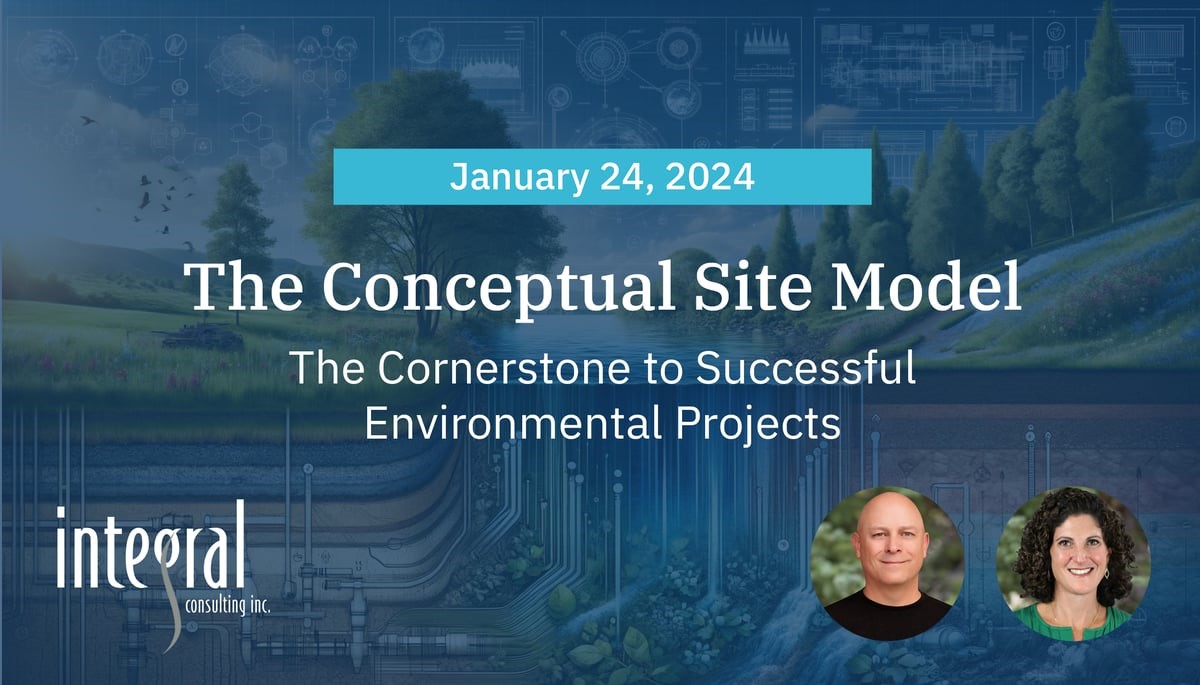
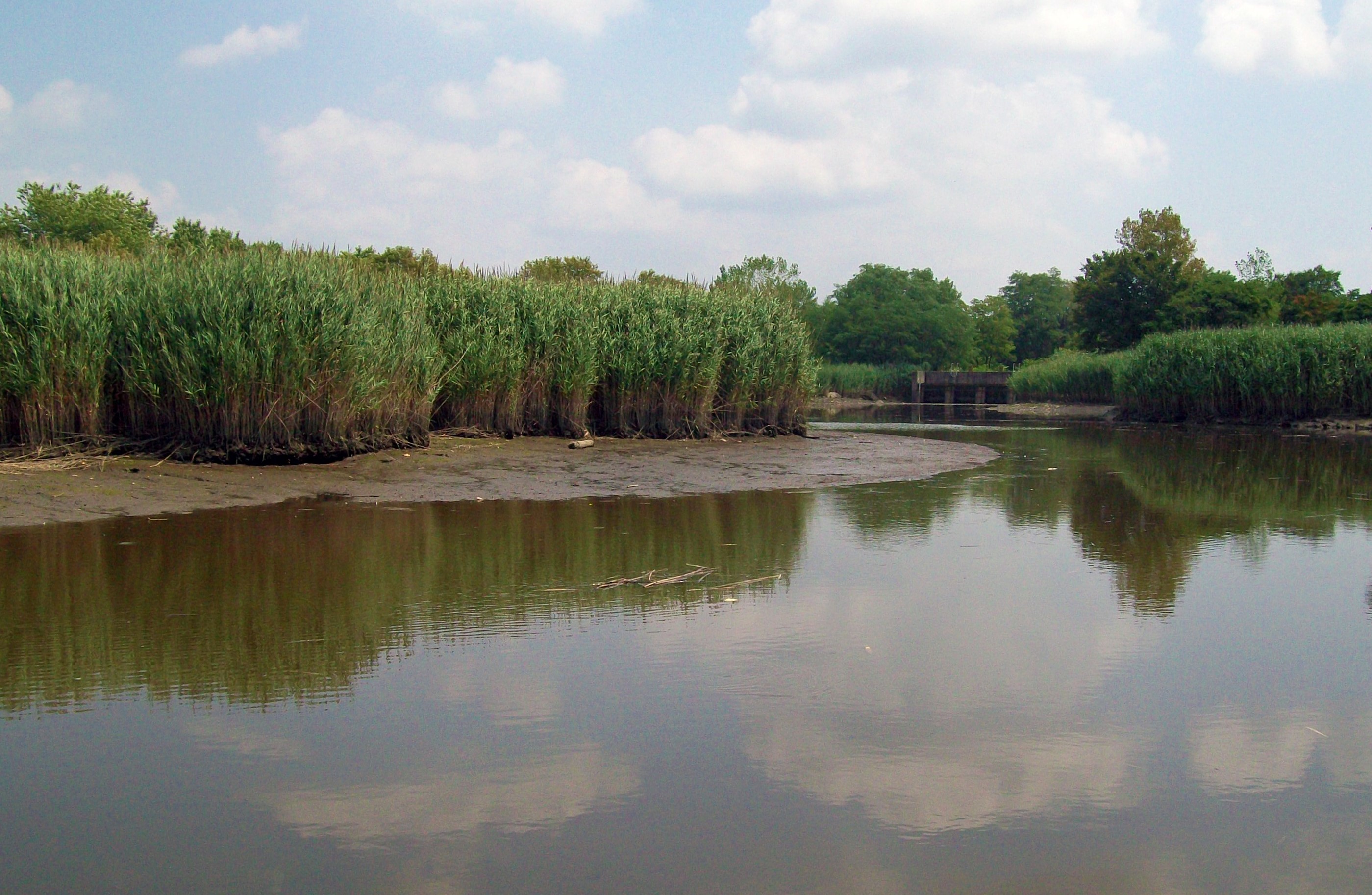
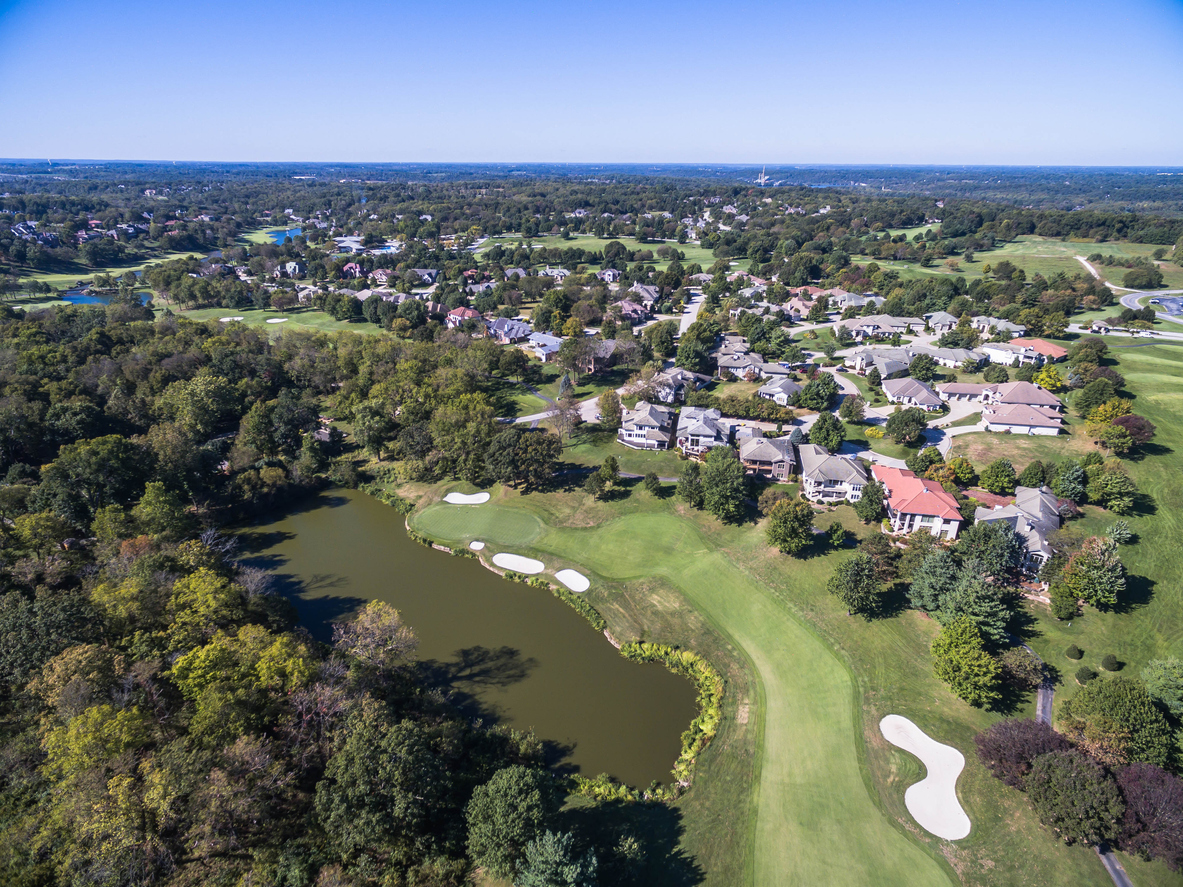

Meridian—Development of a CSM and Corrective Measures Study at a Former Wood Treatment Facility
Case Study
December 15 2023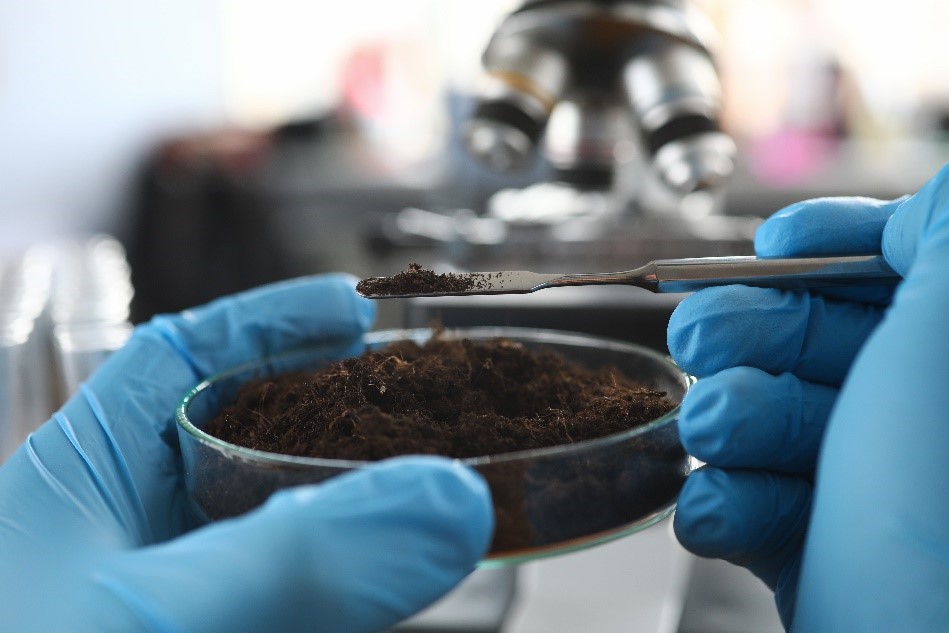
Navassa—Site Investigation and DNAPL Remediation at a Former Wood Treating Facility
Case Study
December 15 2023

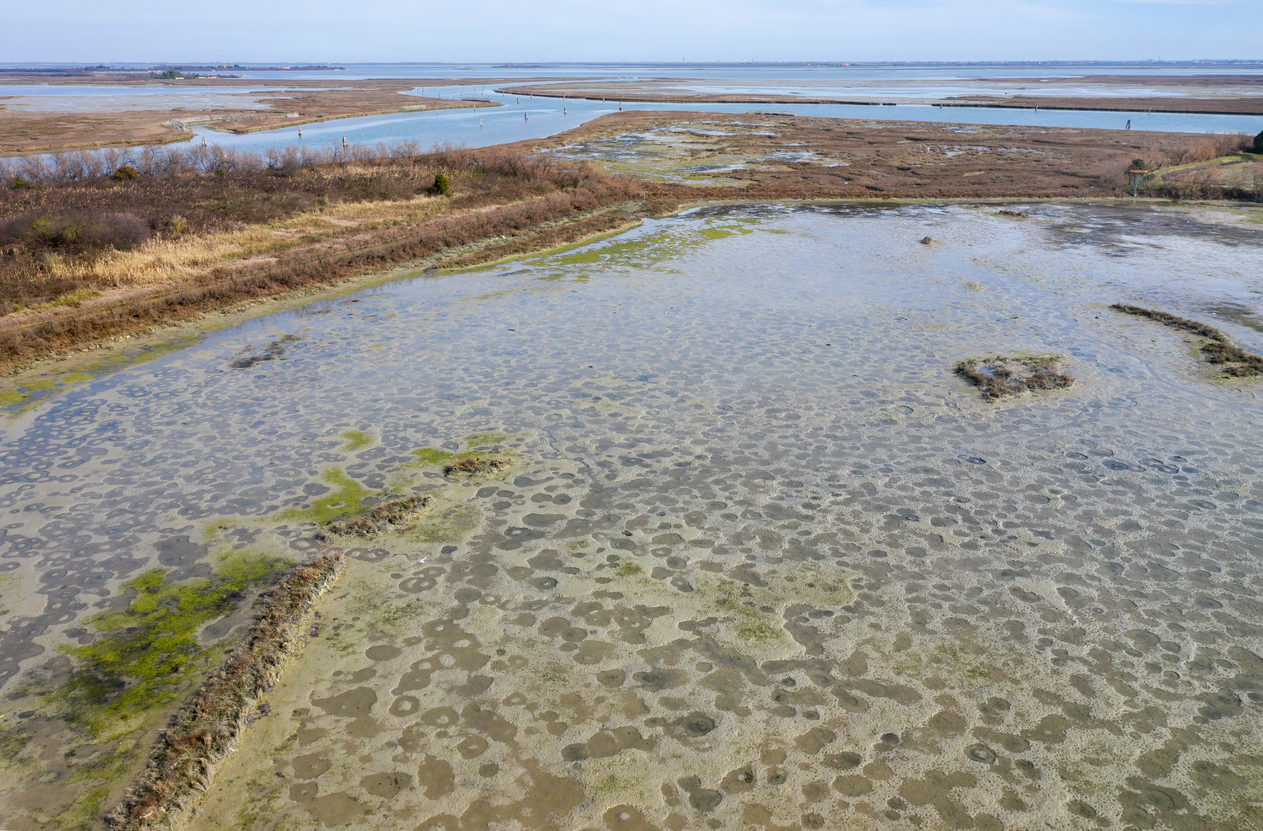
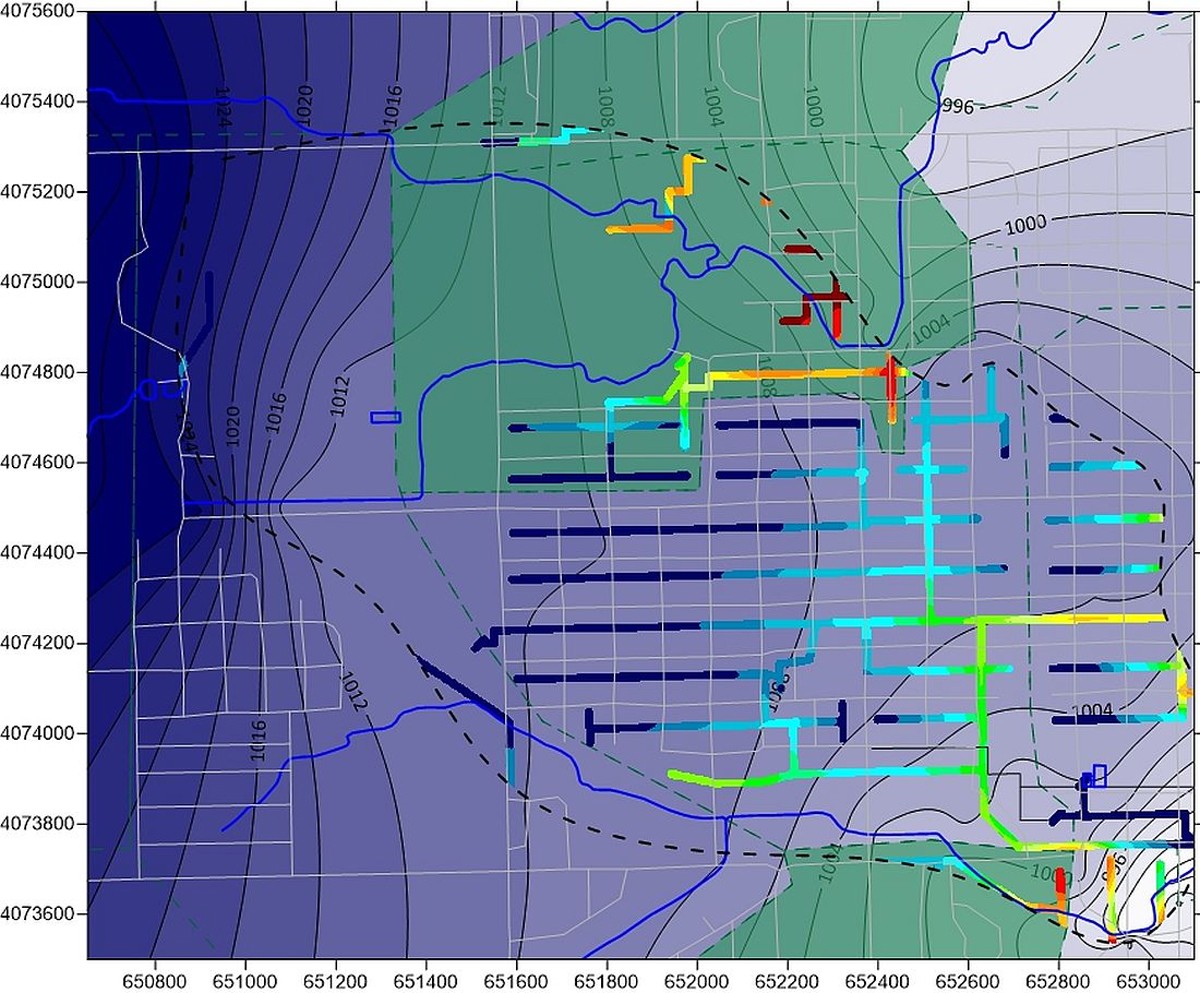
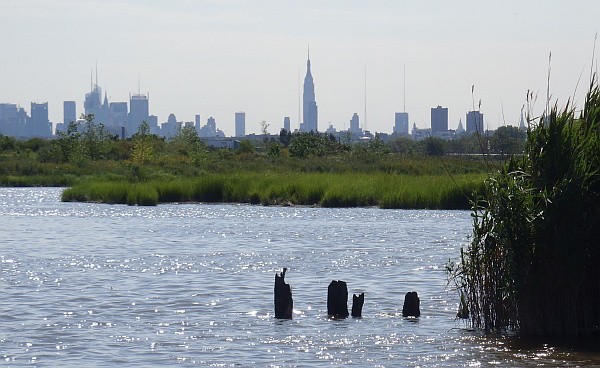
Contaminated Sediments
- Directed and oversaw of the overall remedial investigation for the BCSA site. Responsible for the project budget, schedule, and quality control.
- Task lead for the characterization of the physical system. Directed an empirical and modeling based program to quantity uplands baseflow and runoff in the watershed and the associated upland sediment and contaminant loads to the tidal areas. Providing ongoing support to the client group in the evaluation of flooding impacts in the area.
- Directed the development of the water and sediment balances for the site, considering uplands, tidal, and groundwater flows and quantifying tidal exchange between the creek and wetlands.
- Coordinated the remedial investigation evaluation of system hydrodynamics and sediment transport, which emphasized extensive empirical data collection to support the development of calibrated and validated numerical models for the site.
- Championed the development and use of Integral’s OPTically based In Situ Characterization System (OPTICS) to quantify the concentrations of mercury, methylmercury, PCBs, and other parameters in surface water at high temporal frequency. The OPTICS technique supported an unprecedented level of data collection and site understanding. The technique was instrumental in demonstrating the role of the fluff layer on mercury and PCB transport—a critical consideration in the selection of a focused, adaptive remedy for the site.
- Led an investigation to evaluate sediment and contaminant exchange between the tidal creeks and the wetlands, which included a detailed evaluation of particulate and dissolved contaminant mass flux, using Integral’s OPTICS technique and other lines of evidence. The investigation demonstrated that the wetlands are recovering naturally, but that the extent and rate of natural recovery is limited by ongoing contaminant exchange from the tidal creeks to the wetlands. These findings support the implementation of a source control remedy in the tidal creeks, such that natural recovery in the 12 mi2 area is maximized.
- Contributing author on the feasibility study that supported EPA’s selection of an adaptively managed, phased remedy that emphasizes source control in the initial remedy phase and maximizes the potential for monitored natural recovery in subsequent phases of the remedy.
- Leading the development of the performance monitoring program for the Phase 1 remedial design. Co-leading a demonstration project to evaluate remedial alternatives for the intertidal marsh. Technical advisor to the remedial design.
Uplands and Groundwater Remediation
Mining
Site Investigation
Chang, G., T. Martin, K. Whitehead, C. Jones, and F. Spada. 2018. Optically based quantification of fluxes of mercury, methyl mercury, and polychlorinated biphenyls (PCBs) at Berry’s Creek tidal estuary, New Jersey. Limnol. Oceanogr. doi: 10.1002/lno.11021.
Chang, G., T. Martin, F. Spada, B. Sackmann, C. Jones, and K. Whitehead. 2018. OPTically-based In- situ Characterization System (OPTICS) to quantify concentrations and mass fluxes of mercury and methylmercury in South River, Virginia, USA. River Research and Applications 2018:1-10. doi: 10.1002/rra.3361.
Martin, T., and M. Ruby. 2004. Review of in-situ remediation technologies for lead, zinc, and cadmium in soil. Remediation. Summer Issue 2004 pp. 35–53.
Martin, T., and M. Ruby. 2003. In situ remediation of arsenic in contaminated soils. Remediation. Winter Issue 2003 pp. 21–32.
Martin, T.A., and J.H. Kempton. 2000. In-situ stabilization of metal-contaminated groundwater by hydrous ferric oxide: An experimental and modeling investigation. Environ. Sci. Technol. 34(15):3229–3234.
Kempton, J.H., M. Martin, and T. Martin. 2003. Comparative cost analyses of technologies for treating sulfate- and metal-contaminated groundwater. In: Acid Rock Drainage Sixth International Conference, July 12–18, 2003, Cairns, North Queensland, Australia, The Australasian Institute of Mining and Metallurgy (AusIMM).
Bott, C.B., T. Martin, J. Koon., P. Brooks, P. Rich, D. Bement, and W. Cutler. 2002. Physicochemical and biological treatment of a concentrated industrial leachate from aged process waste at a viscose rayon production facility. Proc. Water Environment Federation 75th Annual Technical Conference and Exposition, September 28–October 2, Chicago, IL.
Kempton, H., and T. Martin. 1999. New methods for in-situ remediation of metals-contaminated groundwater. Society for Mining, Metallurgy, and Exploration Annual Meeting, March 1–3, Denver, CO (Preprint).
Kempton, H., and T. Martin. 1998. Remediation of metal-contaminated groundwater by in situ formation of adsorptive substrates. Groundwater Protection Council Annual Forum, September 19–23. Sacramento, CA. (Abstract).
Ludwig, D., A. Nicholson, and T. Martin. 1998. Application of ecological risk assessment to reduce long-term liability at mining sites. In: Proc. Society of Mining Engineering Annual Meeting, March 9–11. Orlando, FL.
Martin, T., L. Bliss, H. Kempton, A. Nicholson, and P. Maley. 1997. Incorporation of uncertainty in modeling multicomponent adsorption to hydrous ferric oxide: Application to neutralization of acid rock drainage. In: Proceedings of the 4th International Conference on Acid Rock Drainage, May 31–June 6. Vancouver, BC, Canada.
Atkins, D.A., J.H. Kempton, T. Martin, and P. Maley. 1997. Limnologic conditions in three existing Nevada pit lakes: Observations and modeling using CE-QUAL-W2. In: Proceedings of the 4th International Conference on Acid Rock Drainage, May 31–June 6. Vancouver, BC, Canada.
Chang, G., T. Martin, C. Jones, and P. Brussock. 2023. Marsh-water exchange of methylmercury at Berry’s Creek Study Area, New Jersey. Oral presentation at the Eleventh International Conference on the Remediation and Management of Contaminated Sediments, Austin, TX. January 9–12.
Chang, G., T. Martin, C. Jones, and F. Spada. 2022. High-resolution, optically-based quantification and assessments of chemical contaminant concentration and mass transport. Oral presentation at the SERDP & ESTCP and OE Innovation Symposium, Arlington, VA. November 29–December 2.
Chang, G., K. Scheu, F. Spada, T. Martin, C. Jones, J. Trotsky, E. Ferguson, K. Markillie, and K. Gustavson. 2022. A high-resolution, optically-based chemical contaminant monitoring system for remedy performance evaluation at DoD contaminated sediment sites. Poster presentation at the SERDP & ESTCP and OE Innovation Symposium, Arlington, VA. November 29–December 2.
Tulich, M., and T. Martin. 2022. Three-dimensional geologic and contaminant modeling to support site investigation and remedial design. Twelfth International Conference on Remediation of Chlorinated and Recalcitrant Compounds, Palm Springs, CA. May 22–26.
Chang, G., and T. Martin. 2019. Optically-based quantification of concentrations and fluxes of mercury and methylmercury in South River, Virginia (USA). Platform presentation at Tenth International Conference on the Remediation and Management of Contaminated Sediments, New Orleans, LA. February 11–14.
Whitehead, K., N. Swanson, T. Martin, and J. Durda. 2019. Where to draw the line: Determination of remedial areas by the numbers using changepoint analysis. Platform presentation at Tenth International Conference on the Remediation and Management of Contaminated Sediments, New Orleans, LA. February 11–14.
Brussock, P., J. Wollenberg, and T. Martin. 2017. Stability of the Berry’s Creek study area estuary in response to hurricanes and tropical storms. Presentation at Super Storm Sandy: Five Years Later. Meadowlands Conference, October 26–27, Lyndhurst, NJ.
Martin T., C. Jones, and G. Revelas. 2017. A novel approach to performance monitoring at sediment megasites. Sediment Management Work Group Fall Sponsor Forum, September 27–28, Charleston, SC.
Flanary, C., G. Chang, C. Jones, F. Spada, and T. Martin. 2017. Innovative optically-based tools and techniques for water quality monitoring. Indian River Lagoon Research Institute, Technical Conference on Coastal Water Quality Issues, September, Melbourne, FL.
Durda, J., K. Whitehead, P. Brussock, and T. Martin. 2017. The role of detritus in defining mercury uptake in an urban estuary. Platform presentation. 13th International Conference on Mercury as a Global Pollutant, July 16–21, Providence, RI.
Martin, T., G. Chang, C. Jones, and J. Durda. 2017. Use of high-frequency optically-based measurements to assess mercury cycling, transport, and fate in contaminated estuarine and riverine systems. Platform presentation. 13th International Conference on Mercury as a Global Pollutant, July 16–21, Providence, RI.
Martin, T., G. Chang, and C. Jones. 2017. Characterization of PCBs, mercury, and methyl mercury fate and transport in the Berry’s Creek estuary. Poster presentation at the 9th International Conference on Remediation of Contaminated Sediments, New Orleans, LA.
Chang, G., C. Jones, and T. Martin. 2017. Innovative optical methods for characterization of chemical dynamics in a tidal estuary. Platform presentation at the 9th International Conference on Remediation of Contaminated Sediments, New Orleans, LA.
Jones, C., G. Chang, F. Spada, T. Martin, M. Greenblatt, and R. Carscadden. 2017. Effective and efficient approaches to remedial investigation and long-term monitoring at large sediment sites. Poster presentation at the 9th International Conference on Remediation of Contaminated Sediments, New Orleans, LA.
deHaven, P.J., J.R. Sirk, S.R. Compston, L.S. Wellborn, and T.A. Martin. 2017. Sediment coring and geochronology to evaluate sediment deposition patterns and natural recovery. Poster presentation at the 9th International Conference on Remediation of Contaminated Sediments, New Orleans, LA.
Whitehead, K., J. Durda, P. Brussock, and T. Martin. 2017. Defining COPC uptake in an urban estuary— A CSM-based approach. Poster presentation at the 9th International Conference on Remediation of Contaminated Sediments, New Orleans, LA.
Chang, G., C. Jones, and T. Martin. 2016. Remedial investigation of water quality in a tidal estuary using novel optical methods. 2016 Ocean Sciences Meeting, New Orleans, LA.
Chang, G., C. Jones, T. Martin, and F. Spada. 2016. Optical tools for environmental monitoring. Ocean Optics XXIII, Victoria, B.C.
Chang, G., C. Jones, and T. Martin. 2016. Remedial investigation of water quality in a tidal estuary using novel optical methods. 2016 Ocean Sciences Meeting, New Orleans, LA.
Martin, T., G. Chang, C. Jones, and F. Spada. 2016. Optically-based In-situ Characterization System (OPTICS) monitoring at sediment sites. Sediment Management Working Group.
Martin, T., P. de Haven, C. Jones, D. Glaser, and N. Kelsall. 2015. Evaluation of natural recovery in the Berry’s Creek Study Area. Platform presentation at the 8th International Conference on Remediation of Contaminated Sediments, January 12–15, New Orleans, LA.
Chang, G., C. Jones, and T. Martin. 2015. Near-bed sediment dynamics in the Berry’s Creek tidal estuary. Platform presentation at the 8th International Conference on Remediation of Contaminated Sediments, January 12–15, New Orleans, LA.
Chang, G., C. Jones, and T. Martin. 2015. Characterization of biogeochemical variability in a tidal estuary using high resolution optical measurements. American Geophysical Union Fall Meeting, San Francisco, CA.
Jones, C., G. Chang, K. Nelson, and T. Martin. 2015. Field and modeling characterization of wetland hydrodynamics. Platform presentation at the 8th International Conference on Remediation of Contaminated Sediments, January 12–15, New Orleans, LA.
Himmelheber, D., D. Vlassopoulos, P. de Haven, T. Martin, and J. Wollenberg. 2015. Mercury occurrence, distribution, and fractionation in estuarine sediment and surface water. Platform presentation at the 8th International Conference on Remediation of Contaminated Sediments, January 12–15, New Orleans, LA.
Chang, G., C. Jones, T. Martin, and F. Spada. 2014. Optical methods for quantifying biogeochemical variability in a tidal estuary. Ocean Optics XXII, Portland, ME.
Martin, T., G. Chang, and C. Jones. 2014. Optically based determinations of biochemical variability in a tidal estuary. Ocean Optics XXII, Portland, ME.
Jones, C., G. Chang, and T. Martin. 2013. Quantifying sediment transport in an urban estuary. Poster presentation at the 7th International Conference on Remediation of Contaminated Sediments, February 4–7, Dallas, TX.
Conwell, P., J. Stevenson, and T. Martin. 2010. Surface water mixing factor development for Shell Deer Park facility. Platform presentation at the TAEP Environmental Challenges and Innovations Conference: Gulf Coast 2010, February 11, Houston, TX.
Martin, T., W. Locke, J. Gasper, and D. Preziosi. 2009. Evaluation of mixing in sediment pore water: Surface water, groundwater, and the effects of sediment geochemistry. International Conference on Remediation of Contaminated Sediments, February 2–5, Jacksonville, FL.
Martin, T., and M. Martin. 2008. Field, laboratory, and modeling assessment of metals treatment via iron addition. Platform presentation at the 7th International Conference on Remediation of Chlorinated and Recalcitrant Compounds, May 19–22, Monterey, CA.
Martin, M., T. Martin, M. Stanton, and M. Brearly. 2008. Evaluation of arsenic in groundwater—naturally occurring or a result of petroleum contamination. Platform presentation at the 7th International Conference on Remediation of Chlorinated and Recalcitrant Compounds, May 19−22, Monterey, CA.
Hawley, C., A. Wood, W. Locke, and T. Martin. 2008. Multiple-lines-of-evidence assessment to identify groundwater discharge contribution to sediment contamination. Platform presentation at the 7th International Conference on Remediation of Chlorinated and Recalcitrant Compounds, May 19–22, Monterey, CA.
Martin, T., M. Martin, and H. Kempton. 2006. Cost-benefit analysis of treatment technologies for metal-contaminated groundwater. Platform presentation at the 6th International Conference on Remediation of Chlorinated and Recalcitrant Compounds, May 22–25, Monterey, CA.
Martin, M., and T. Martin. 2006. Comparative cost analyses of technologies for treating perchlorate- contaminated groundwater. Platform presentation at the 6th International Conference on Remediation of Chlorinated and Recalcitrant Compounds, May 22–25, Monterey, CA.
Cutler, W., N. Hue, M. Ortiz-Escobar, and T. Martin. 2006. Approaches to reduce bioaccessible arsenic in Hawaii soils. Poster presentation at the 6th International Conference on Remediation of Chlorinated and Recalcitrant Compounds, May 22–25, Monterey, CA.
Cutler, B., T. Martin, N. Hue, and M. Escobar. 2006. Remedial alternatives for bioaccessible arsenic in Hawaii soils. Platform presentation at the 16th Annual AEHS Meeting and West Coast Conference on Soils, Sediments, and Water, March 13–16, San Diego, CA.
Locke, W.W., C. Henderson, T.A. Martin, and C. Hawley. 2005. Comparison of interstitial water sampling methods in near-surface sediments, lower Willamette River, Portland, OR. SETAC North America 26th Annual Meeting, Baltimore, MD.
Martin, T., M. Ruby, and S. Hilts. 2005. In situ treatment of lead and arsenic by chemical fixation. Platform presentation at the 15th Annual AEHS Meeting and West Coast Conference on Soils, Sediments, and Water, March 14–17, San Diego, CA.
Erbe, M., R. Keating, C. Travers, L. Norman, W. Cutler, and T. Martin. 2004. Assessing the role of structural geologic elements in aquifer hydraulics and plume migration. 2004 USEPA/NGWA Fractured Rock Conference, September 13–15, Portland, ME.
Martin, T., W. McNab, and H. Kempton. 2003. Cost-benefit analysis of sulfide-based treatment technologies for remediation of metal-contaminated groundwater. Platform presentation and proceedings from the National Groundwater Association Conference on Remediation: Site Closure and Total Cost of Clean-up, November 13–14, New Orleans, LA.
Martin, T., M. Ruby, and A. Green. 2002. Review of in-situ remediation technologies for lead, zinc, and cadmium in soils. Platform presentation at the 18th Annual International Conference on Contaminated Soils, Sediments, and Water, October 22–24, Amherst, MA.
Martin, T.A. 2001. Use of chemical amendments to stabilize arsenic in soils. Platform presentation at the 17th Annual International Conference on Contaminated Soils, Sediments, and Water, October 22–25, Amherst, MA.
Travers, C., T. Martin, M. Ruby, W. Cutler, and R. Keating. 2001. Geologic controls on DAPL migration in a fractured bedrock system: Avtex Fibers Superfund Site, Part I. Poster presentation at the Fractured Rock 2001 Conference, March 26–28, Toronto, Canada.
Martin, T., C. Travers, M. Ruby, W. Cutler, and R. Keating. 2001. Fate and remediation alternatives for DAPL in a fractured bedrock system: Avtex Fibers Superfund Site, Part II. Poster presentation at the Fractured Rock 2001 Conference, March 26–28, Toronto, Canada.
Law, S., T. Biddleman, T. Martin, and M. Ruby. 2001. Analysis of hexachloro-cyclohexane in groundwater: implications for degradation mechanisms. Platform presentation at the Society of Environmental Toxicologists and Chemists Conference, November, Baltimore, MD.
Martin, T.A. 2000. Evaluating natural attenuation of hexachlorocyclohexane (BHC) in groundwater. Platform presentation at the 16th Annual International Conference on Contaminated Soils, Sediments, and Water, October 16–19, Amherst, MA.
Martin, T., and S. Hilts. 1999. Chemical treatments to reduce metal bioavailability. Platform presentation at the RTDF IINERT Soil-Metals Action Team Meeting, June 21–24, Trail, BC, Canada.
Atkins, D., T. Martin, M. Bennett, and H. Kempton. 1998. Pit-lake limnology. Conference on Hazardous Waste Research, May 19–21, Snowbird, UT.
Short course titled “Assessment and Management of Hg-Contaminated Sites.” Presented on: Development of conceptual site models for Hg transport and fate. 13th International Conference on Mercury as a Global Pollutant. July 2017.


